In 2025, as the global food industry searches for sustainable and nutritious alternatives to wheat and rice, the spotlight is firmly on India’s ancient grain—millets. These small-seeded cereals, often overlooked in the past, are experiencing a renaissance, driven by climate challenges, changing health preferences, and growing demand for gluten-free, high-fibre foods. Indian farmers, who have long been the custodians of millet farming traditions, are now leading a movement with global implications.
India’s Millet Farming Legacy Finds New Relevance
As of 2025, India accounts for nearly 38.4% of the world’s millet production, and this dominance has only strengthened over the past few years. The government-backed Shree Anna millet initiative, launched in 2023, has provided a significant boost to the sector, aiming to position India as a global hub for millets. This initiative integrates millet promotion with farmer welfare, nutrition security, and climate adaptation goals. India has cultivated 15.38 Mn MT of millet in FY24, covering nearly 12.19 million hectares, according to data from the Ministry of Commerce & Industry.
This growth is timely. The climate‑resilient millet crops have shown strong resistance to erratic weather conditions, particularly drought and poor soil fertility. In regions like Rajasthan, Karnataka, and Maharashtra—often plagued by water scarcity—millets have outperformed traditional staples. This has made millet farming in India an appealing option not just for traditional farmers but also for new entrants looking for sustainable, high-margin crops.
Global Demand Fuels Market Expansion
The millet market growth 2025 projections are optimistic. According to a report by Global Market Insights, the global millets market size was valued at USD 15.3 billion in 2024, with expectations to reach USD 23.4 billion by 2034, growing at a CAGR of 4.4%. Major markets such as the U.S., Canada, Germany, and Japan are witnessing a surge in millet-based product launches—from breakfast cereals to plant-based snacks—fueled by consumer demand for superfoods and alternative grains.
What makes Indian millets even more attractive is their diversity—ranging from finger millet (ragi) and pearl millet (bajra) to little millet and kodo millet—each with unique nutritional profiles. This positions India to cater to niche dietary preferences across geographies, especially in wellness-conscious populations.
Health Benefits Drive Consumer Choices
The health benefits of millets are well-documented and have been key in transforming millets from rural staples to global superfoods. Rich in iron, calcium, protein, and dietary fibre, millets are also low in glycemic index, making them ideal for diabetic and heart patients. The surge in interest around gluten free millet benefits has further widened their appeal, especially among people with celiac disease or gluten sensitivities.
The modern consumer’s pursuit of healthy living has also driven interest in organic millet flour trends. The Indian organic food market was valued USD 1510.36 Million in 2024, growing at 22.00% CAGR, hitting USD 11032.62 Mn by 2034. With increasing export demand and higher price realisation in organic categories, farmers are incentivised to adopt organic farming practices, supported by both government subsidies and private platforms.
Tech and Market Access Empower Farmers
While traditional knowledge drives millet cultivation, technology is revolutionising how farmers engage with the market. Digital agri-platforms are enabling smallholder farmers to access better prices, quality stock, and advisory services. One such platform making a significant impact is agribazaar.
agribazaar connects millet farmers directly with buyers, eliminating middlemen and ensuring price transparency. The platform provides real-time mandi prices, quality checks, and digital payments, making it easier for farmers to participate in both domestic and export markets. Additionally, agribazaar offers agri-inputs like certified millet seeds and advisory services to guide farmers on best practices, crop planning, and organic certification procedures.
Moreover, the company has introduced customised weather forecasting and pest management alerts, which are particularly useful for those cultivating climate-resilient millet crops. Through its integrated tech and market support, agribazaar is playing a crucial role in scaling millet farming in India and ensuring its long-term viability.
Conclusion
Millets are no longer just humble grains grown in the dry zones of India. In 2025, they are at the heart of a global shift toward healthier, more sustainable, and climate-resilient agriculture. With rising awareness of the health benefits of millets, growing global demand, and focused initiatives like the Shree Anna millet initiative, India stands at the forefront of a global millet revolution.
agribazaar continues to empower millet farmers with digital solutions, efficient agri-logistics, and market access. From sourcing quality seeds to facilitating end-to-end transactions, the platform is helping farmers unlock the full value of their produce in a rapidly evolving market. As the world looks to India for leadership in sustainable agriculture, millet farmers—supported by innovation and resilience—are poised to deliver.


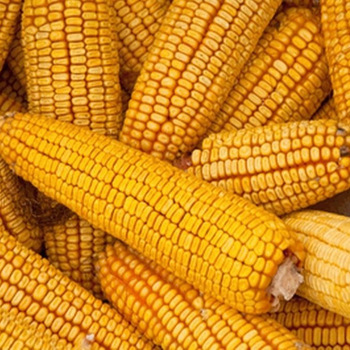
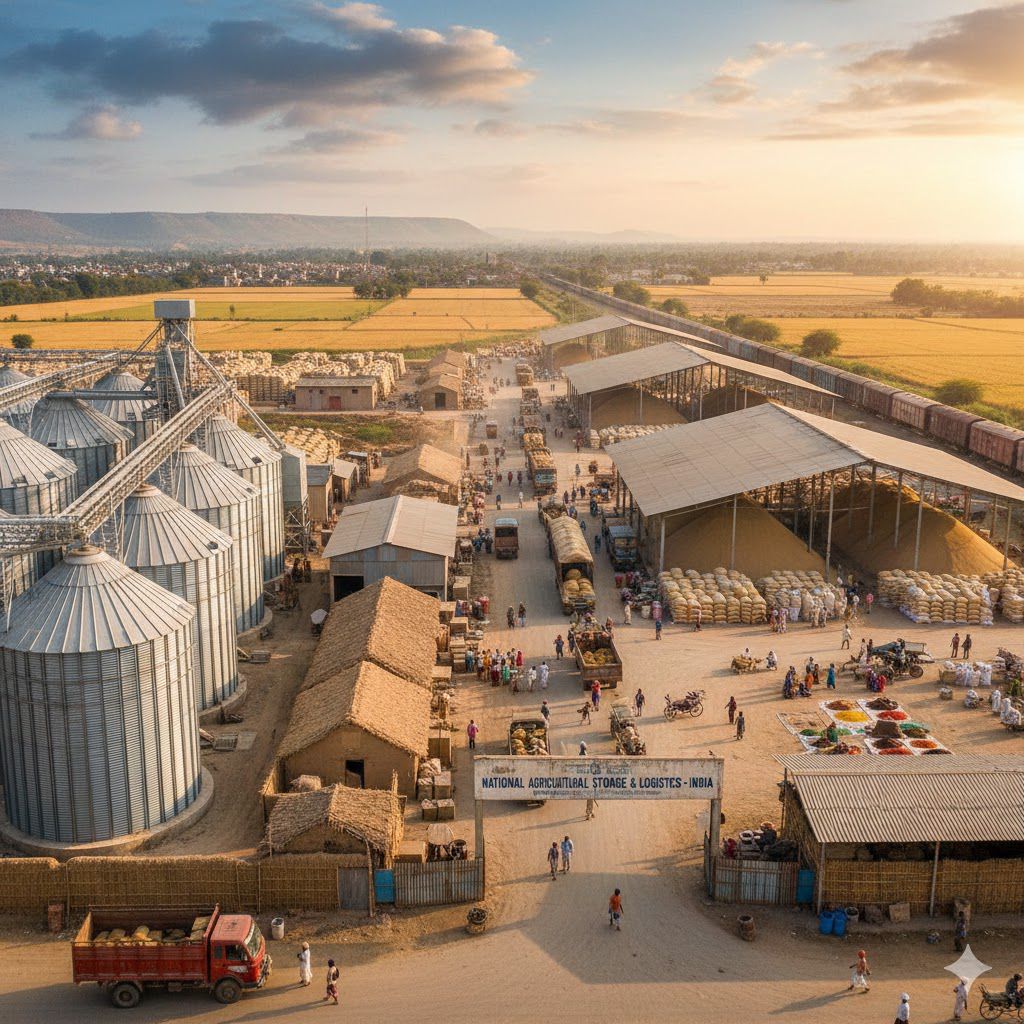
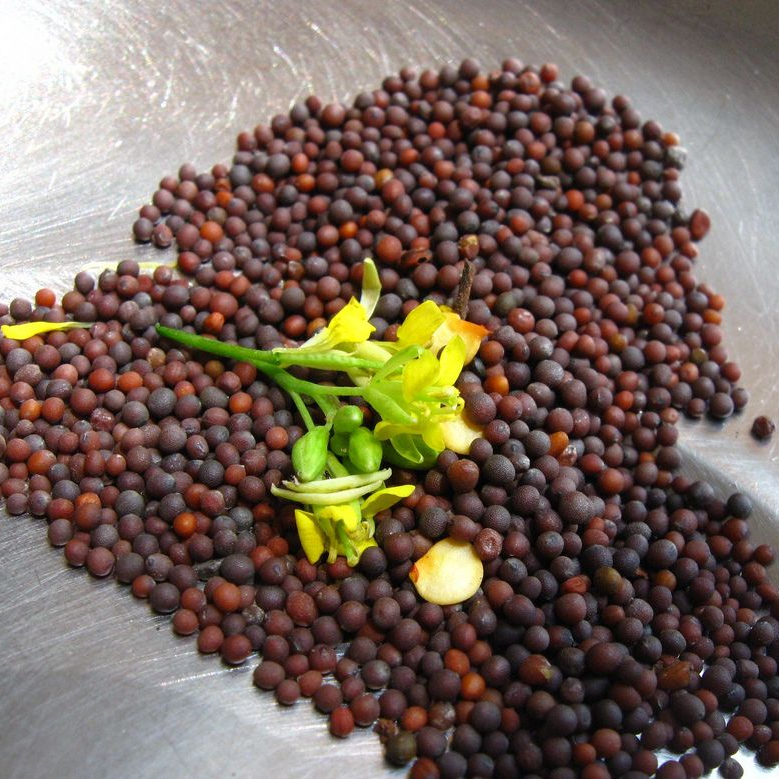

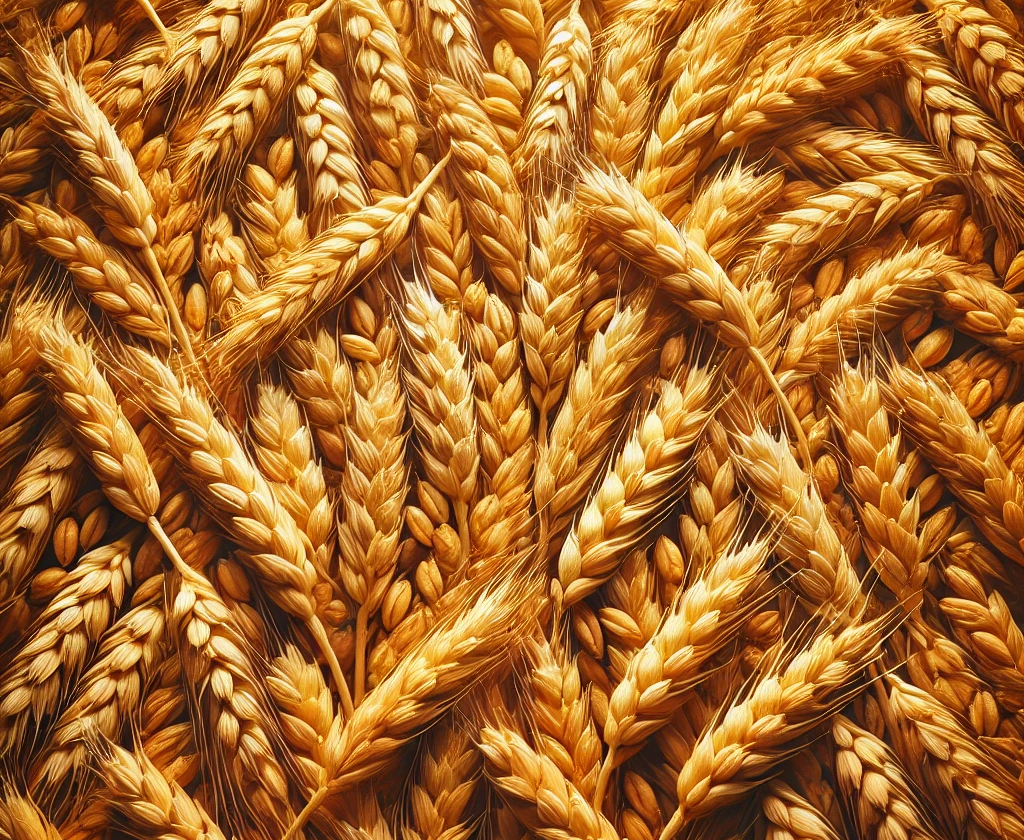
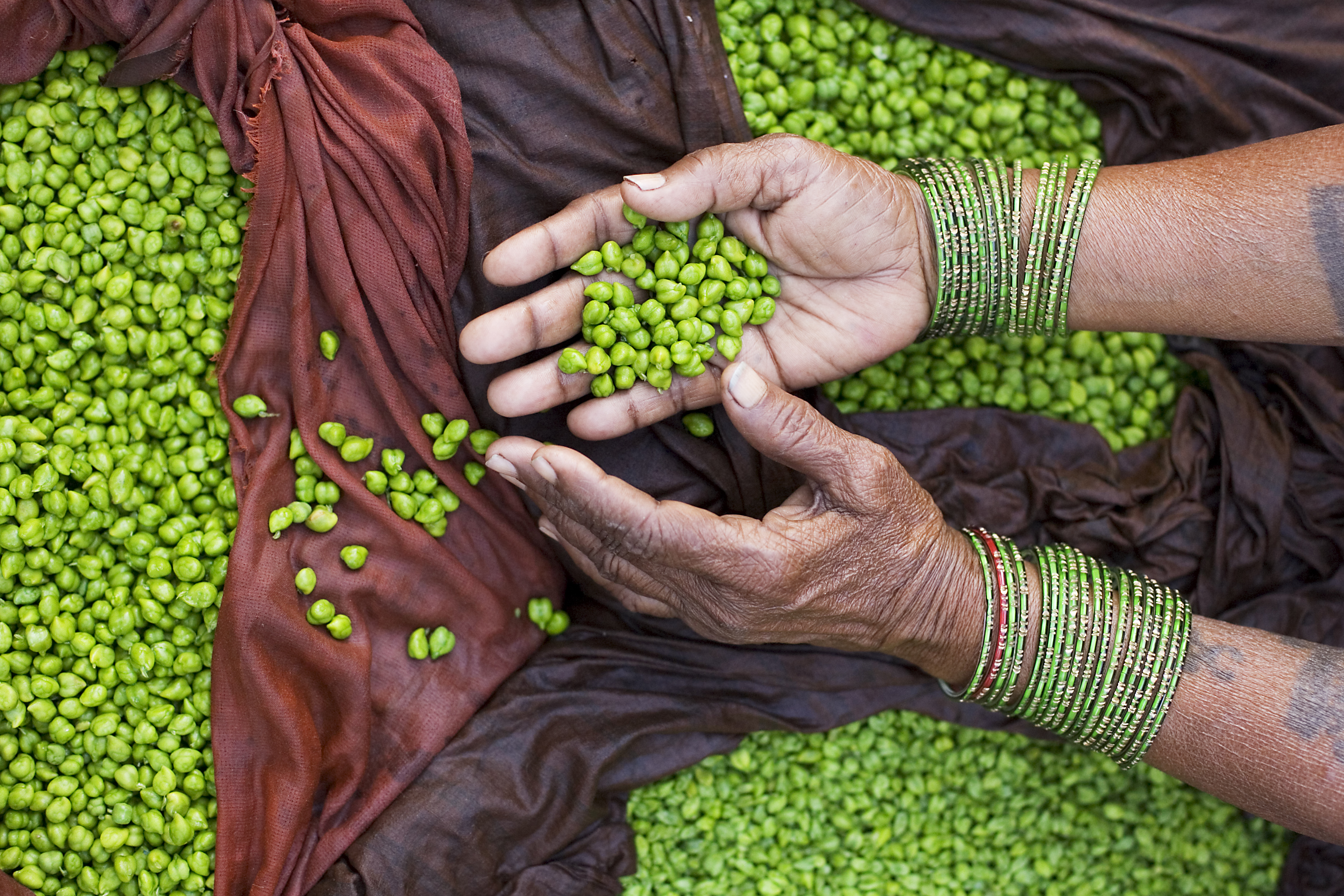
 Connect With Us
Connect With Us